To give you a more grounded historical perspective, it was during the 80s that the USA witnessed the rise of neoliberalism in the policies of Ronald Reagan’s administration according to which the dogmas of lesser state and laissez-faire have dictated ever since the relationship between the state and the free market, and between the state and its citizens. In this grim political and financial context, it is competition that is announced as the most definitive characteristic of human relations, rather than solidarity. It was the private pleasure and interest the ultimate moral value. It was possessive individualism the dominant model of political and social subjectivity. And it was the responsible and careful individual the paradigmatic citizen. Also, at the level of political economy, neoliberal policies pushed for the deregulation of the free market and the privatization of a series of basic services previously provided by the welfare state, along with severe austerity measures. But Reagan’s tenure as the President of the United States from 1981 to 1989 was also marked by a forceful -Republican- neo-conservative turn that advocated for the traditional families values and a Christian way of life that must be protected from the Counterculture Movement of the 60s and the rise of the new social movements of the 70s, such as the anti-war, the feminist, the gay and the civil rights movement among others, that had questioned the American Dream and its racist and heterosexist values that sustained it. And, as you all very well remember, this was the context that gave rise to queer activism around the same time.
To be sure, along with the birth of queer politics, the very same truth regime of neoliberalism has fostered another brand of LGBTIQ+ politics that was meant to define the mainstream political strategies in the following decades. Duggan describes this homonormative politics in the following eloquent manner:
‘National lesbian and gay civil rights, lobbying and litigation organizations have nearly all moved away from constituency mobilization and community-based consultation during the past decade. Following the national political culture to the right, and pressed by the exigencies of fundraising for survival, gay civil rights groups have adopted neoliberal rhetoric and corporate decision-making models. No longer representative of a broad-based progressive movement, many of the dominant national lesbian and gay civil rights organizations have become the lobbying, legal, and public relations firms for an increasingly narrow gay, moneyed elite. Consequently, the push for gay marriage and military service has replaced the array of political, cultural, and economic issues that galvanized the national groups as they first emerged from a progressive social movement context several decades earlier.’ (Duggan, 45)
It is exactly this new neoliberal sexual politics that Duggan described and analyze via the notion of the new homonormativity in order to draw the attention to the influence of neoliberalism on LGBTIQA+ politics in the USA in the 90s. One can feel -after two decades- the strong resonance of her words in today’s predicament when the hegemonic LGBTIQA+ politics continue to be
‘a politics that does not contest dominant heteronormative assumptions and institutions, but upholds and sustains them, while promising the possibility of a demobilized gay constituency and a privatized, depoliticized gay culture anchored in domesticity and consumption.’ (Duggan, 50)






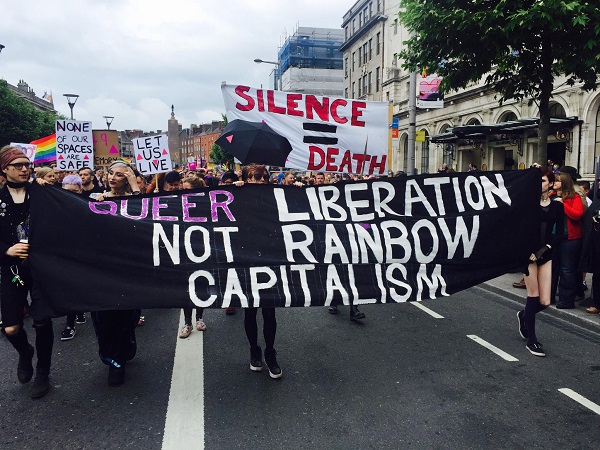
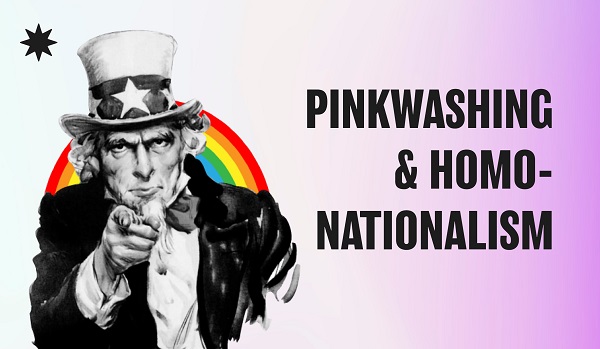
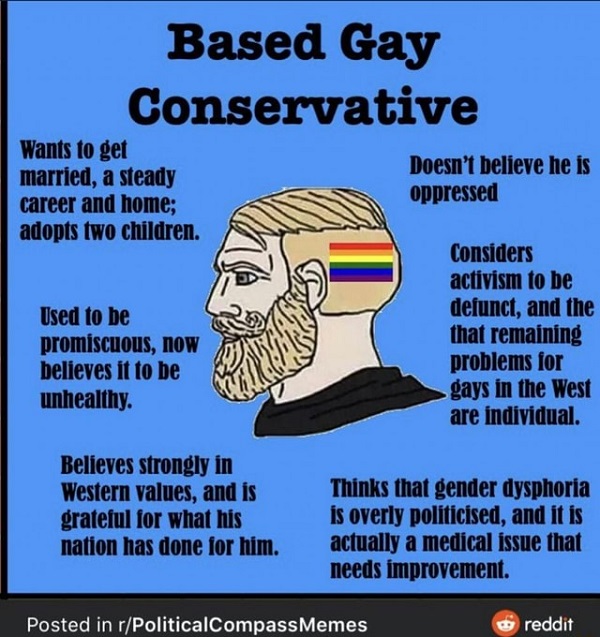
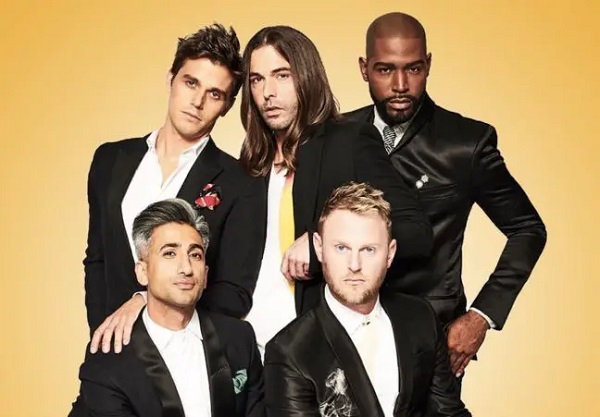
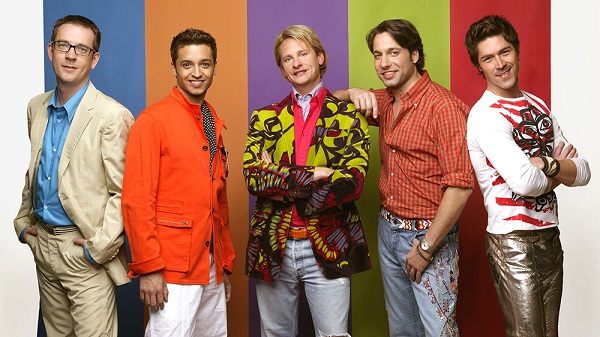

 Login
Login